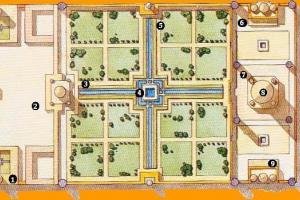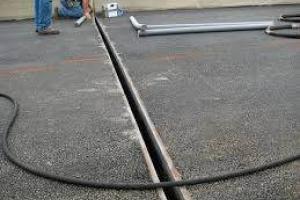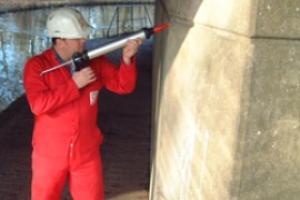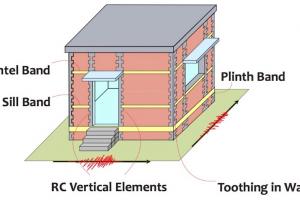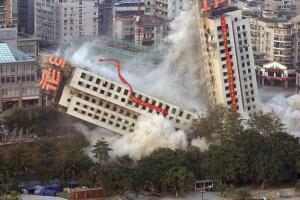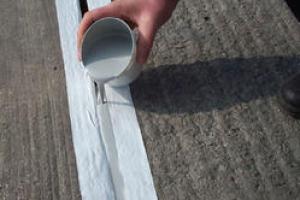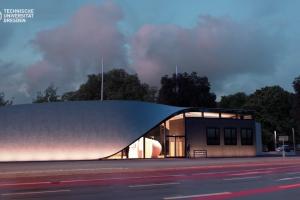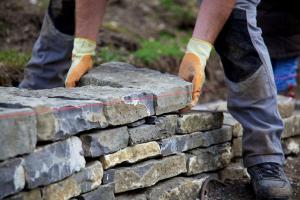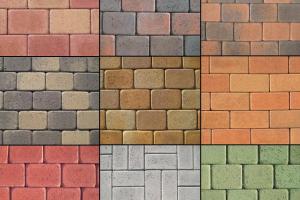Steps in Construction of Multi Storey Buildings
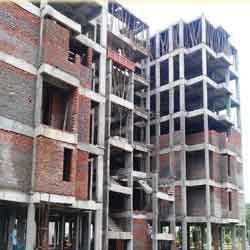
Design of building component
- Formwork design
- Staircase design
- Deep Beams
- Slabs
Excavation, Layout and Foundation
- Excavation is a process of making trenches by digging up of earth for the construction of foundations and basements.
- Excavation level at escape site is 219.825 mm
- Excavation is done by the JCB on the hourly basis
- After the excavation the surface is leveled called surface dressing
- Layout is done on the PCC poured over leveled surface.
- Column and foundation (raft ) steel is then laid as per drawings.
Points to be taken care of:
- Layout should be checked properly.
- Check any difference between architectural and structural drawings regarding location of column.
- After excavation check the stability of temporary structures built near the excavated ground.
- Before laying raft reinforcement, shuttering wall which is mainly brick wall should be built and should be filled with soil on other side.
- Check the direction of chair bars in the raft
Column Casting
- On the raft the column layout is done.
- Layout for starter.
- The column ties and link bars are provided as per column reinforcement drawings and general specifications.
- Displacement of main bars should be provided with L bar
- The plumb of formwork should be checked.
- Height of cast should be calculated accurately.
- Avoid caps as far as possible.
Links and Ties for column Formwork
Slab, Beam, Shuttering and Casting
- Beam bottom is first laid on the column and then slab formwork is laid.
- After the reinforcement, the slab is checked for steel as per drawings and level required.
- A camber of 5 mm in provided in the center of slab.
- Casting of slab should be discontinue at l/3 from the support.
Important Components in Building Construction
- Key in Columns
- Expansion joint
- Water bar
- Binding materials
Key in Columns
- Since the height of column is very large, hence it is not possible to cast the column at one time, to cast the column later the key is made at the junction so that the proper bond between the old concrete and new concrete is formed.
- The key is only a small depression left on the concrete surface
Expansion Joint
- Since concrete is subjected to volume change. Provision must be made to cater for the volume change by way of joint to relieve the stresses produced.
- Expansion joint is function of length
- Buildings longer than 45 m are generally provided with one or more expansion joints.
- Material used as expansion joint material is armor board whose thickness is 25 mm.
Water Bar
- Water bar is provided in the retaining wall so that the moisture can't move from the soil to the joint.
- Water bar is basically provided at the constructions joints of retaining wall of two different towers
Binding Materials
- Since the thermal expansion of concrete is different from that of masonry. The interface between the concrete and the masonry is liable to crack. To avoid this crack the chicken wire mesh is used to avoid the crack and also provides the better grip for Masonry with concrete.
- Similarly when the drainage pipes are laid along with the outer wall then again the connection between the pipe and the wall has different coefficient of temperature change hence they are joint to the concrete by lead keys.
- In the toilets and kitchen sunken portion the joints in any case are packed by water proof and non shrinkable material.
Water Proofing
- Water proofing has remained as an unsolved complex problem. Use of plasticizes, super plasticizes, air-entraining agents helps in reducing the permeability of concrete by reducing the requirement of mixing water, hence can be also be regarded as waterproof material.
- Some of approved water-proofing compound by the company are: pidilite, cico, fosroe, baushimine, unitile.
Water-proofing cement paint:- super snowcem
Water Proofing in garden area
- For water proofing in garden area the soil is first leveled and then rammed to achieve the maximum density
- The PCC (Plain Cement Concrete)is then laid down mixed with tape Crete (a water proofing compound)
- After PCC the plaster of fibrous material is done.
- The bituminous sheets are laid by heating it with the welder. On those sheets the drainage pipes are laid down with suitable slope and these pipes are covered with geo-fabric sheets.
- Again the plaster is done. On the plaster the 40 mm aggregates are laid.
- On the aggregate the geo-fabric sheets are laid down on which the sand is placed & on the sand the soil, along with fertilizers, is placed on which the gardening is done for the non tower area.



